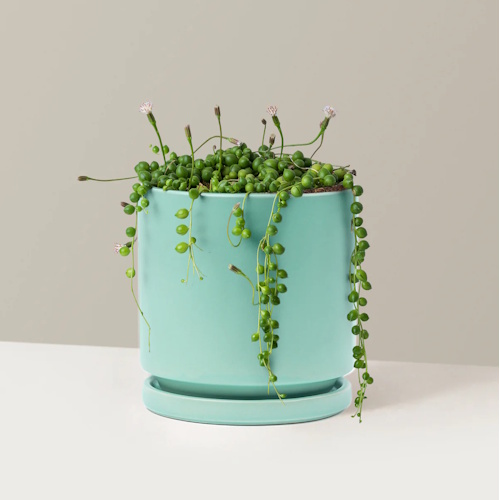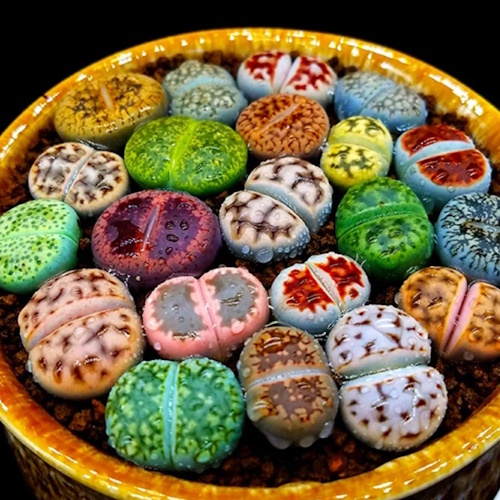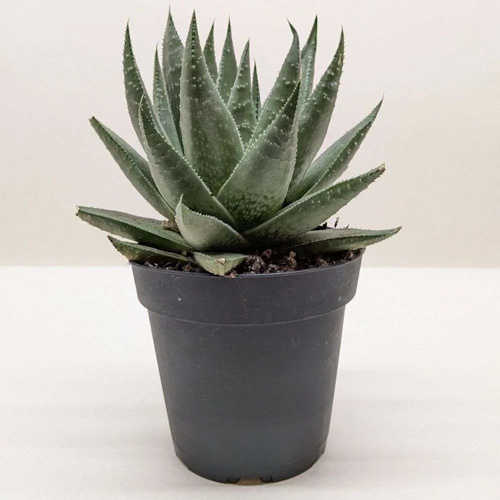Chelsea Flower Show's South African succulent garden is a masterclass in sculptural planting – the designers reveal how you can easily grow these desert plants at home
Native to an arid, hot climate, some of these unique plants can surprisingly be grown throughout the US, too
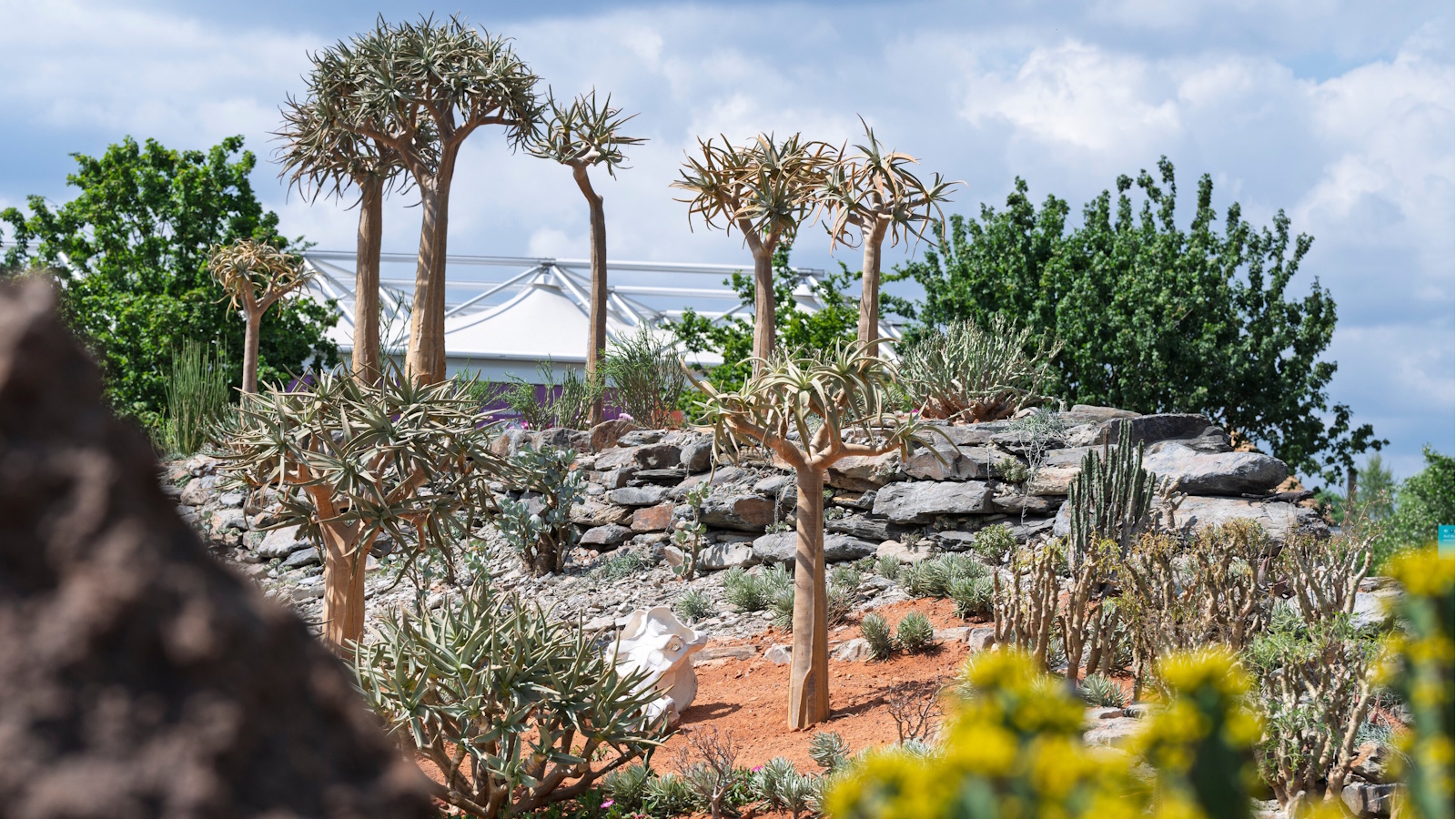
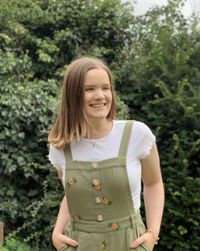
Deep in the heart of South Africa lies the vast, arid, semi-desert region of the Karoo. This unique mountainous, rocky, and sandy landscape is home to impressive vegetation made up of rare and recognizable succulents alike. This week, this special environment can be found right in the middle of London at the RHS Chelsea Flower Show 2025 – and I had the pleasure of stepping into it yesterday.
Created by the show sponsors The Newt in Somerset, the Karoo Succulent Garden is a truly breath-taking snapshot of the Karoo's biodiverse, harsh growing environment. With my own heritage lying in the Western Cape of South Africa, it was particularly warming to see some of the best type of succulents from 15 plant families celebrated at the biggest gardening event of the year. They stand out as some of the best architectural plants, with quirky shapes and growing habits that make them living sculptures.
From towering quiver trees to tiny gem-sized lithops, the way in which these plants have adapted to survive in such adverse conditions is captivating. I was fortunate enough to sit down with estate architect at The Newt and designer behind the creation, Katie Lewis, and The Newt's head gardener, Harry Baldwin, to find out more about the fascinating plants of the Karoo Succulent Garden. Here, they share all on the native habitat of these succulents and which of these plants can surprisingly be added to backyards in milder regions of the US and UK.
What are succulents of the Karoo?
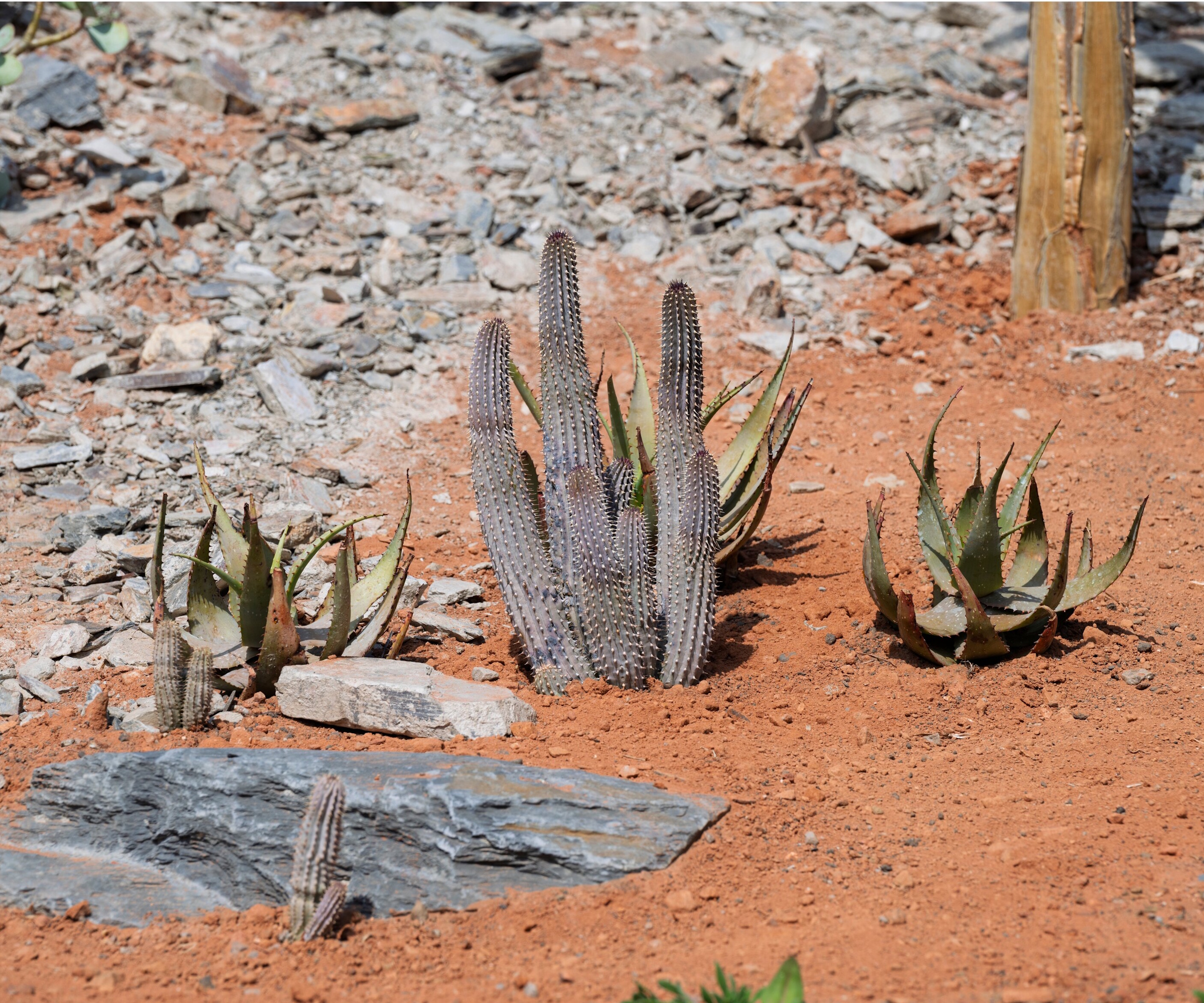
When we think of landscaping with succulents and cacti, we tend to see images of hot, dry regions with little rainfall, and that's exactly what the Karoo region of South Africa is like.
Working on the garden alongside Katie Lewis was Ernst van Jaarsveld, master botanist at The Newt's South African sister estate, Babylonstoren.
'Ernst and his team took me out to the Karoo so I could see and experience the landscape and the plants. We went to the Karoo Desert National Botanical Garden and a few nurseries out there, and it was this visit that really shaped the show garden,' Katie says.
At Chelsea, visitors are invited to take a walk through a six section garden, representing different aspects of the Karoo. The whole installation is eye-catching, rich in the red hues of sand and rock used for landscaping.
Design expertise in your inbox – from inspiring decorating ideas and beautiful celebrity homes to practical gardening advice and shopping round-ups.
'One thing I took away from the trip is the sculptural nature of the rock formations with the plants. It’s not just the plants and its not just the landscape that make up this region, it’s the combination of the two that give it its signature look,' Katie explains.
I was intrigued to set off on my Karoo journey at the show, starting with an astounding display of the 'quiver tree forest escarpment', housing unmissable quiver trees and aloe trees.
'We secured some mature trees for the installation, some of them are 47 years old and are more than three meters tall,' Katie says.
On the opposite side, a 'quartz field plateau' displays more than a thousand tiny succulent varieties among pieces of white quartz which glisten in sunlight. Here, I found lithops (or living stones) of different colors and string of pearls, as well as lesser known succulents like baby's toes and horse's teeth.
'This is to represent the quartz fields in the Karoo with its gem-like succulents. One thing I took away from there is the crunching sound of the ground. When you looked down, these tiny succulents were everywhere, so you had to be very careful where you walk,' Katie says.
Continuing through this African landscape at Chelsea, I came across the 'butter bush' and 'fan aloe hill'.
'This is where rocks go into an angular formation. To further enhance this architectural shape, we use both butter bush and fan aloe here. The fan aloe has leaves that form a fan shape and butter bush has really juicy, fat stems and apple green leaves,' Katie describes.
It isn't all about sun-loving plants, however, as there are also plenty of shade plants displayed at the Karoo Succulent Garden.
'The 'shady shale cliff face' is covered in lots of trailers and huggers which are more shade-tolerant,' Katie says. Here you will find the likes of string of hearts, elephant bush, pig's ear, and more of all unusual shapes and names.
This cliff display also showcases a collection of 12 types of rocks from South Africa. Each one plays a part in building the landscape in the Karoo, affecting the soil type and therefore what can be grown there.
The Karoo Garden finishes with an incredible interactive rock formation. Set up as a natural piano, the rock is high in metal contents, resonating when it is hit. Surrounding it, the 'euphorbia mound' houses succulents like jade plant, vibrant flowering ice plant, and African milk barrel.
The garden also has a bulb display area, full of haworthia and gasteria succulents on manmade quiver trees.
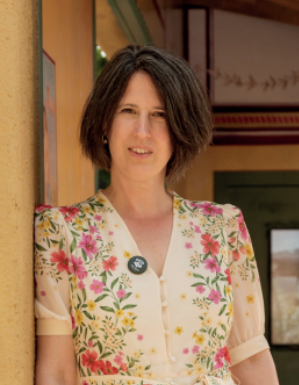
Katie has worked for The Newt in Somerset since 2015, joining the team full time in 2017, after working in architectural practice for 20 years. She’s responsible for designing and overseeing landscape and garden projects across the estate, including the formal gardens, spa garden and most recently, the new Four Seasons Garden. Katie also played a pivotal role in creating The Newt’s exhibition experiences at The Story of Gardening, Beezantium and Roman Villa Experience. When time permits, she dips into projects at The Newt’s sister estates, The Story of Emily in Cornwall and Babylonstoren in South Africa.
Thriving in a harsh environment
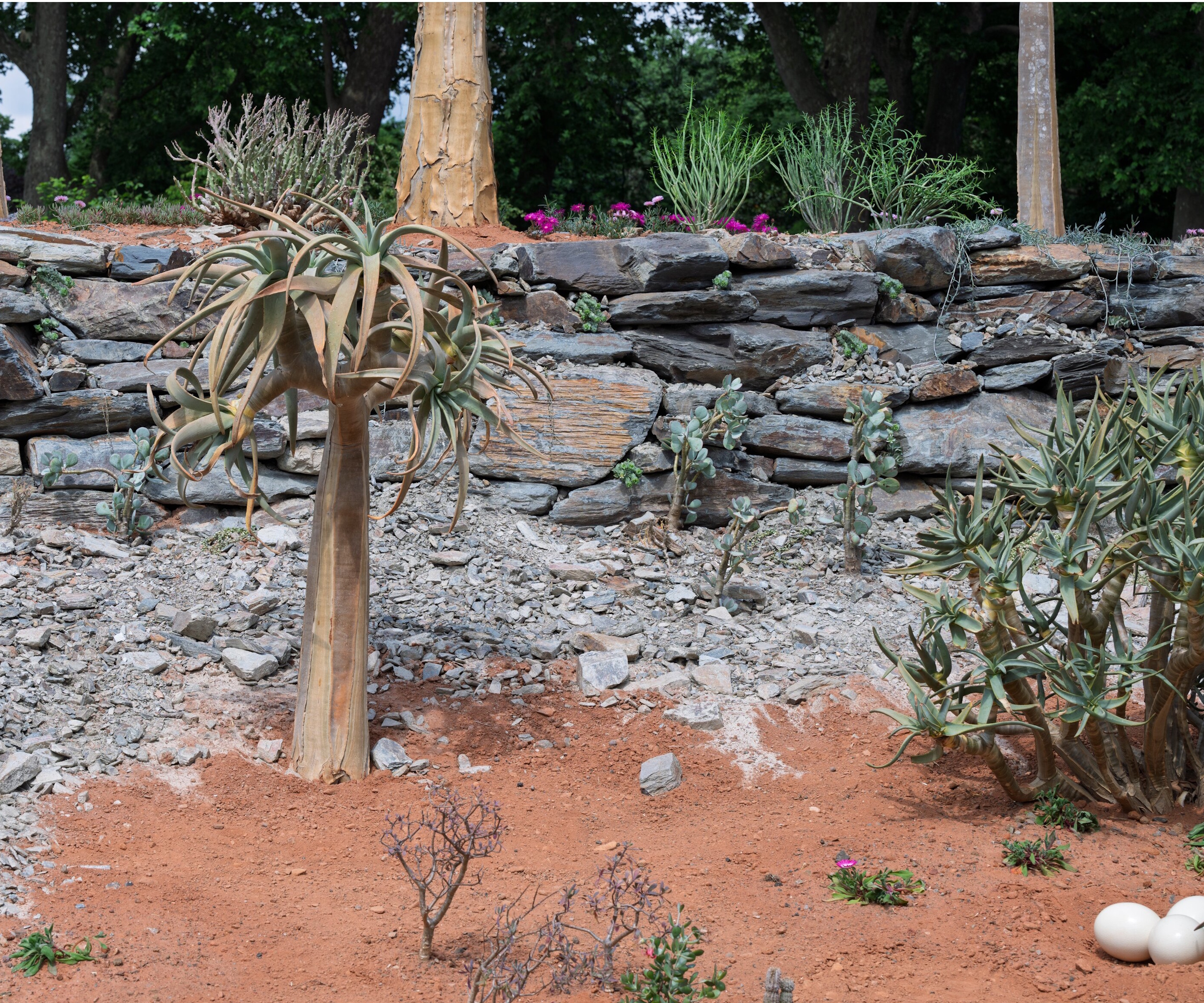
The way in which these succulents have adapted to this habitat is fascinating:
'The living stones live in cracks of rock and are flush on the ground to minimize exposure to sunlight and prevent leaf scorch. They have a protective waxy coating to also reflect sunlight, stopping them transpiring so quickly,' Harry Baldwin explains. 'There's also mist on the quartz fields which lithops retain moisture from.
'But it isn't just the environment they have adapted to. Euphorbias have milky sap to deter predators, for example,' he adds.
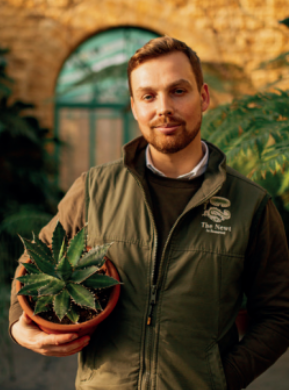
Prior to joining The Newt in October 2024, Harry Baldwin was Head of Horticulture Borde Hill in West Sussex, and previously Dendrologist of the Arboretum at Royal Botanic Gardens, Kew after completing their three-year diploma. Horticulture runs deep through the generations in Harry’s family, igniting his passion for trees and love of the great outdoors from an early age. Harry is responsible for The Newt’s formal gardens, woodland, productive gardens, nurseries, large-scale landscape design and planting projects across seven teams and 38 people.
Which Karoo succulents can be grown at home?
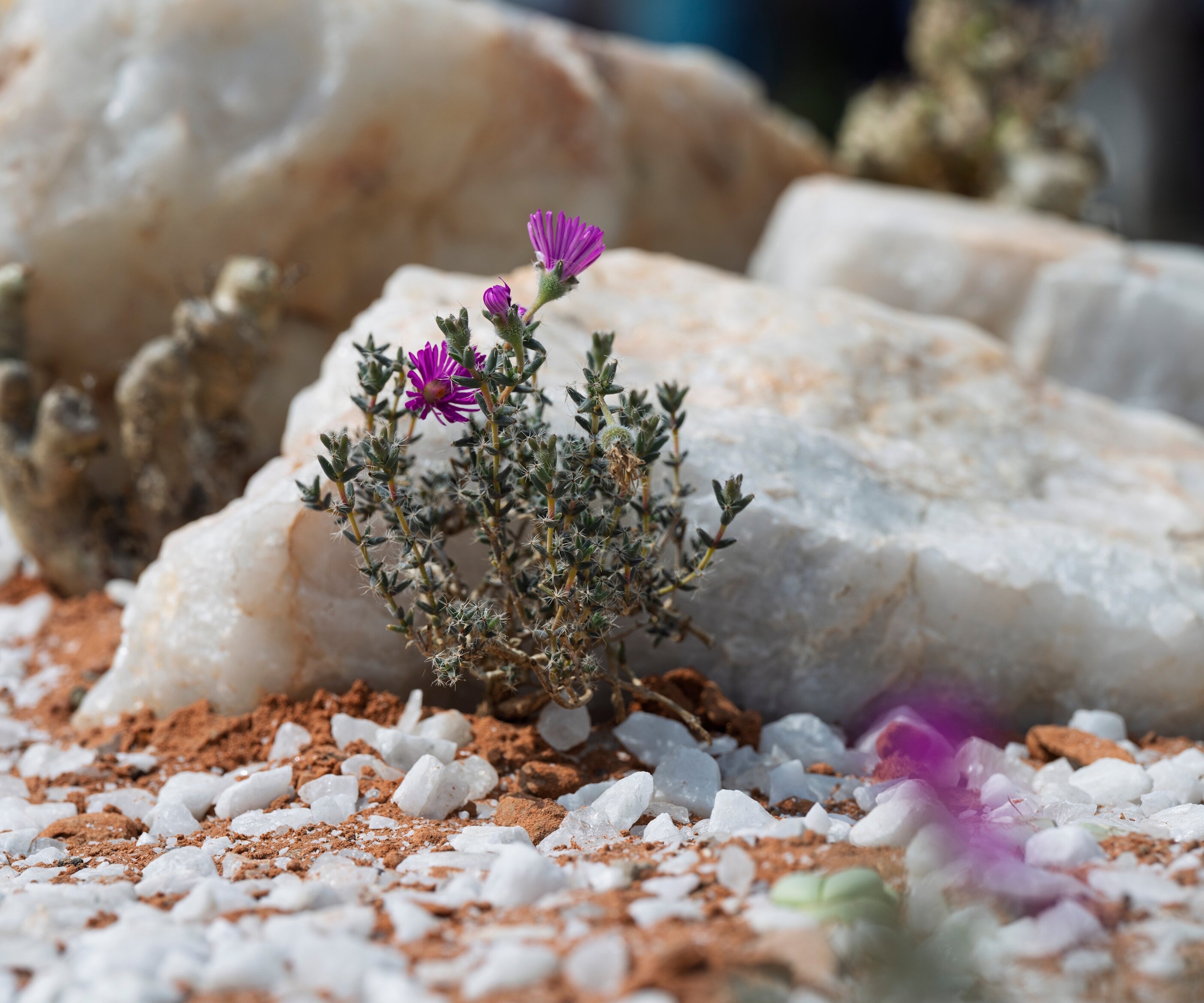
For many people living in much milder, wetter climates than Africa, it seems impossible to create such drought-tolerant planting. But, Katie and Harry note that it is actually very possible to incorporate many Karoo succulents to your yard and indoor plant displays.
'Succulents can be so easily grown at home., it's actually a lot more basic than people tend to think,' Harry says. 'Of course, these plants want some requirements, dry and sunny generally speaking, but you just need to take into account you don’t need to water succulents all the time. Some people assume that when they’re dry, they need water immediately,' he adds.
For Harry, the Karoo Succulent Garden is a chance to show the possibility of indoor succulents, and indeed those for outdoors, go beyond those you find in supermarkets and retailers.
'They can be as big as small oak trees, like the aloidendrons on our 'quiver tree forest',' he says.
The larger succulents of the aloe trees can actually grow in the warmest US hardiness zones of 9-11, but there are also Karoo succulent options for those living in a climate as cool as zone 4 or zone 5.
'We have some ice plants (pictured above) which are hardy, surviving down to around 14°F,' Katie notes as an example. 'They're fine in a sheltered spot, so long as they're in a well-draining soil for succulents, but they are certainly suitable for outdoors and some are great as bedding plants,' she adds.
Of course, a wide range of Karoo succulents can be grown in an indoor garden, too, protected from excessive rainfall and too-cold temperatures in line with succulent care.
'Visitors will also see succulents they will recognise as houseplants, which will be interesting to see in their natural habitat, like mother-in-law's tongue, lithops, and haworthias,' she adds.
Get the look
FAQs
Can you grow Karoo succulents from seed?
Many succulents found in the Karoo region of South Africa can be grown from seed fairly easily. This includes aloe, jade plant, and living stones. Of course, you have to be patient as succulents are slow growers. But, by providing plenty of sunlight and managing moisture levels and warmth, you can grow these plants from seed successfully.
The Karoo succulents I witnessed at the RHS Chelsea Flower Show 2025 are some of the most beautiful in shape, texture, and color I have ever seen. They have adapted to harsh growing environments in fascinating ways and it's exciting to learn many can grow in milder climates too.
If you are planning to add some of these enticing plants to your yard or home, make sure to avoid these succulent mistakes that may hinder your success with them. The most important thing is to create an environment that works for the specific type of succulent you wish to grow.
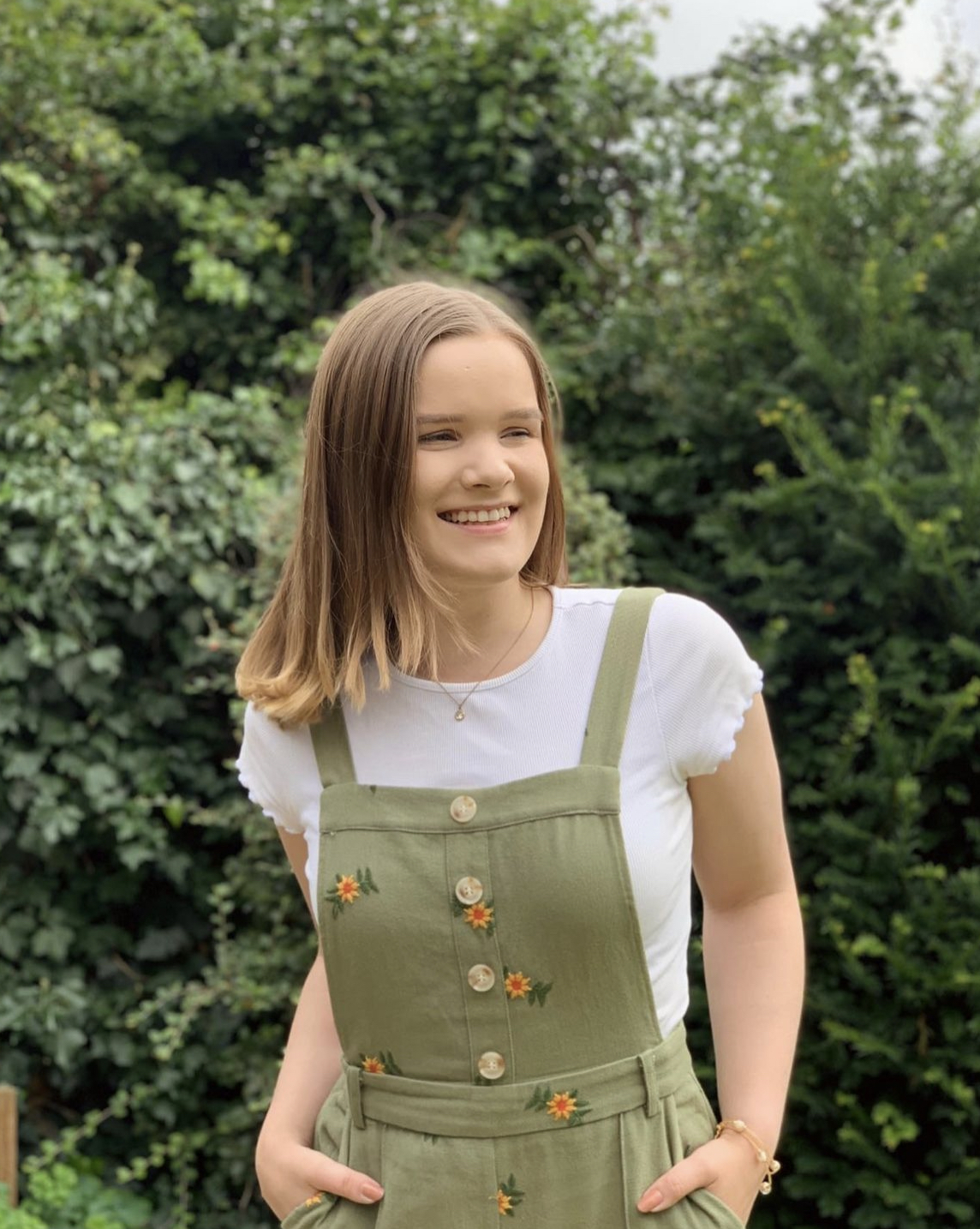
Tenielle is a Gardens Content Editor at Homes & Gardens. She holds a qualification in MA Magazine Journalism and has over six years of journalistic experience. Before coming to Homes & Gardens, Tenielle was in the editorial department at the Royal Horticultural Society and worked on The Garden magazine. As our in-house houseplant expert, Tenielle writes on a range of solutions to houseplant problems, as well as other 'how to' guides, inspiring garden projects, and the latest gardening news. When she isn't writing, Tenielle can be found propagating her ever-growing collection of indoor plants, helping others overcome common houseplant pests and diseases, volunteering at a local gardening club, and attending gardening workshops, like a composting masterclass.
You must confirm your public display name before commenting
Please logout and then login again, you will then be prompted to enter your display name.
